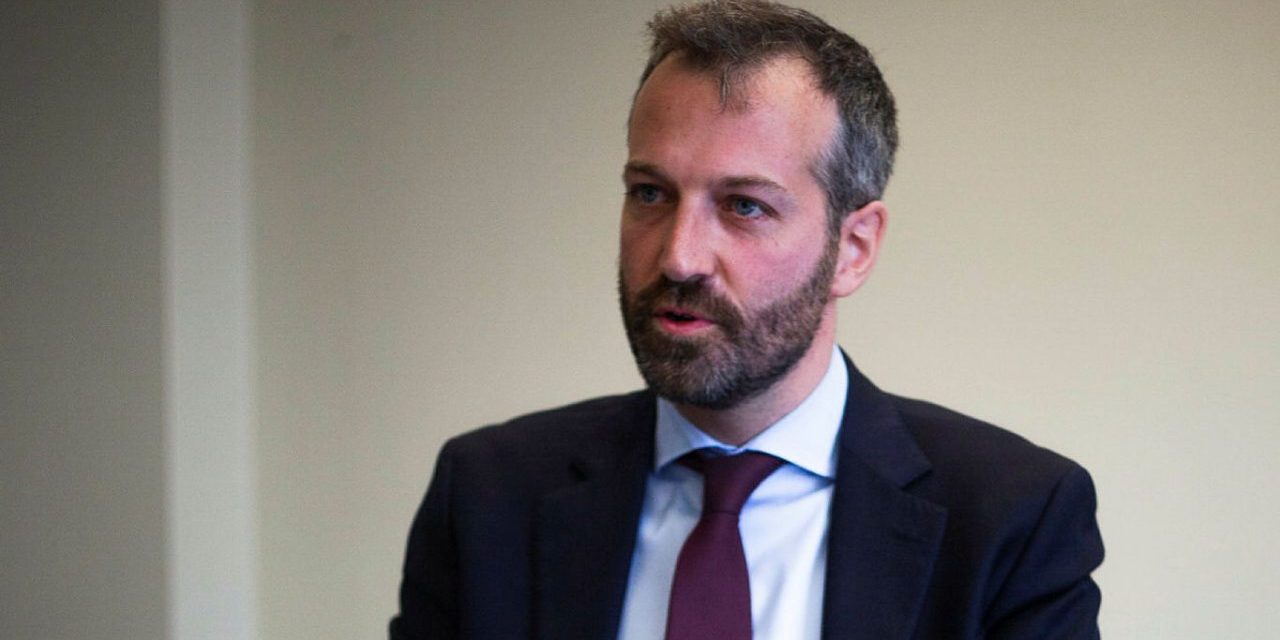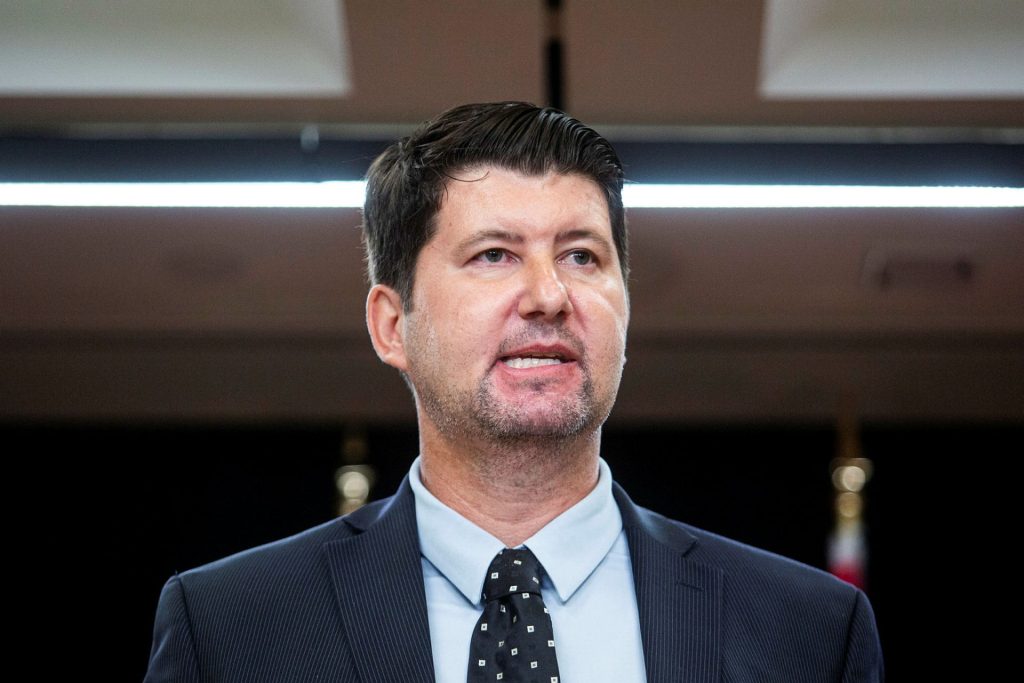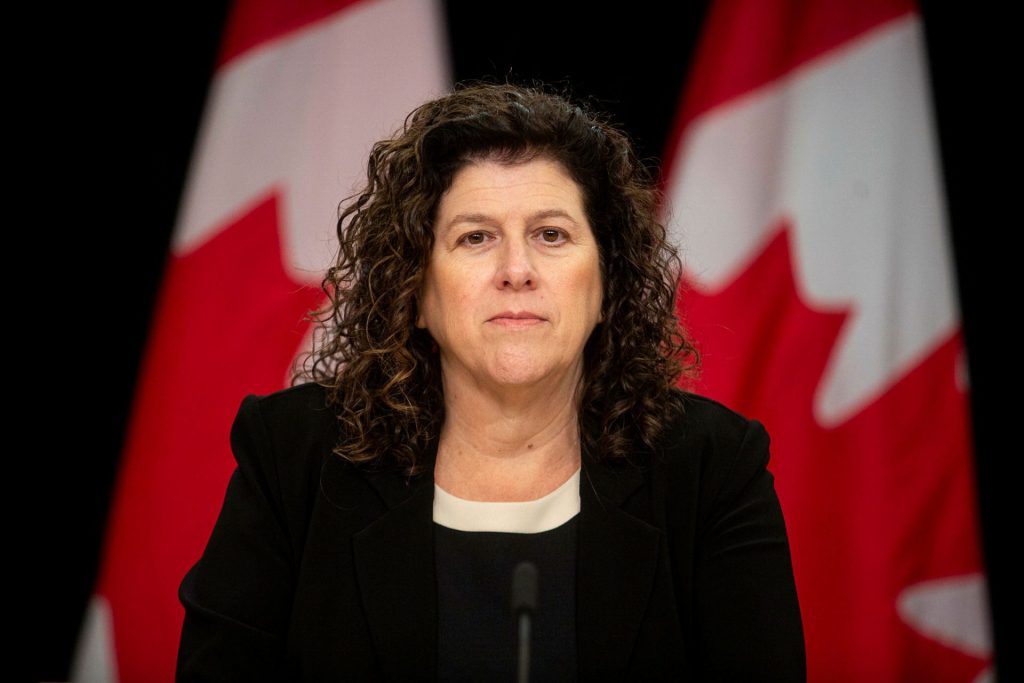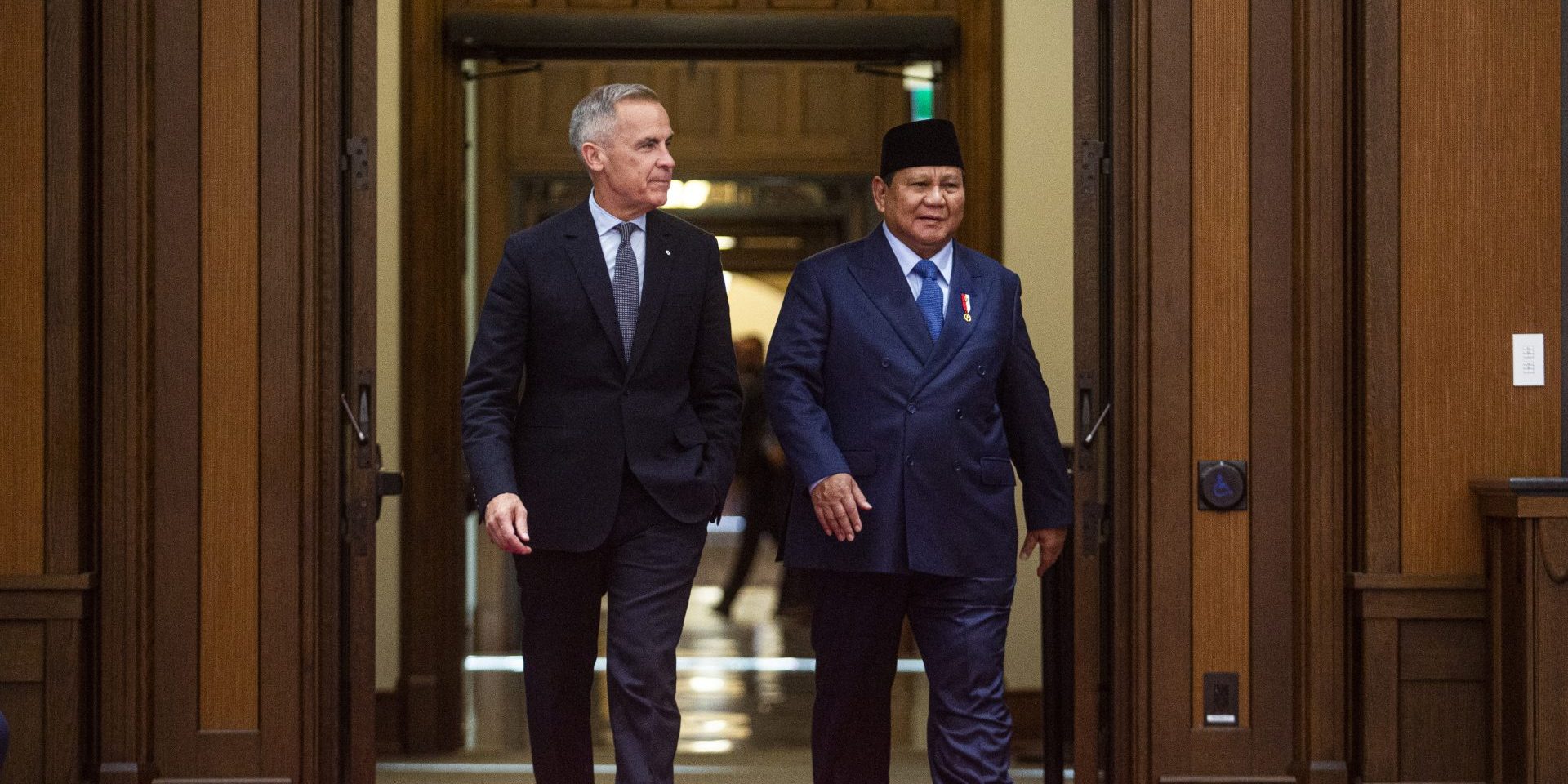AI can’t just be ‘slapped on the current system’ as feds seek to modernize procurement process, says AI research chair

Taking advantage of artificial intelligence can help improve inefficiencies and other issues in a problematic federal procurement system, but can’t be used as an excuse for weak accountability, says the Canada Research Chair in Governance and Artificial Intelligence.
“Most of the focus is always about efficiency, right? Let’s do it faster. I feel you have to also think about, what does a better procurement system mean, fundamentally?” said Ojo Adegboyega, a professor in the public policy department at Carleton University.
“The procurement officer is still in charge. AI is supporting, enabling their tasks. They are ultimately responsible. Accountability has to be maintained.”
The federal government is examining ways to improve the problem-plagued procurement system. Auditor General Karen Hogan, who appeared at the House Public Accounts Committee on June 19, told MPs the government should examine streamlining its procurement processes, which have “too many” overlapping rules, as previously reported in The Hill Times.
Government Transformation and Public Works and Procurement Minister Joël Lightbound (Louis-Hébert, Que.) recently told The Hill Times that his priorities include simplifying the procurement process, reducing reliance on consultants, building in-house expertise within the public service, and using AI to drive modernization and boost efficiency, as reported on June 18.
Adegboyega told The Hill Times that using AI could potentially help even the playing field between bigger and smaller players by simplifying the process when bidding on government contracts.

“The big companies … they understand it. They have lawyers. They have everybody. [But] small companies have two [or] three people working for them,” he said. “If, for example, the government provides, say, digital assistance, … you can design the optimal system that almost hand holds them and takes them through those stages. The pre-qualification is always a problem because it’s all so burdensome.”
Adegboyega cautioned, however, that AI cannot simply be “slapped on the current system.”
“It’s going to be some form of re-engineering those processes, modifying those processes, streamlining them,” said Adegboyega. “I think it has been done in a very deep way to really be able to harness the benefit of AI. That has to be done. Can’t be skipped.”
As Ottawa seeks to modernize its procurement system, including through the use of AI tools, building public trust will also be a key factor, according to Adegboyega.
Skepticism about the ethical conduct of AI firms is growing, while trust in the fairness of AI is declining, according to the 2025 AI Index Report from the Stanford Institute for Human-Centered AI in April. Globally, confidence that AI companies protect personal data fell from 50 per cent in 2023 to 47 per cent in 2024, and fewer people currently believe that AI systems are unbiased and free from discrimination compared to last year, according to the report.
A 32-country survey conducted by Ipsos found that about 53 per cent of people say they are excited for products and services that use AI, but 50 per cent also say AI makes them nervous, according to the Iposos AI Monitor 2024, released in June 2024.
“[The federal government has] to be clear in terms of what’s the dream procurement system,” Adegboyega said. “That also has to be negotiated, discussed with the people, with the public servants. They have that goal, they have that shared goal, and the idea of AI is just working towards that.”

A report from the Office of Procurement Ombud (OPO) Alexander Jeglic, released on July 8, stated that procurement at the federal level is in need of “fundamental change.” The report included several recommendations to improve federal procurement, including the establishment of a Chief Procurement Officer (CPO) position that would be accountable for the federal procurement function. The CPO could help ensure more consistent enforcement of procurement rules across different departments and procurement volumes, and could develop a universal set of procurement rules, according to the report.
“The current procurement system is marked by silos of responsibility and accountability that sometimes overlap with each other or leave glaring gaps. When accountabilities and responsibilities in a procurement system are not exceptionally clear, it becomes very difficult to address the problems plaguing the system, hence why some issues have spanned decades,” reads the report.
“There is a need for clear accountability and leadership in a vital area of government that is responsible for the expenditure of approximately [$37-billion] annually, and a CPO could immediately fill this void.”
The report also recommended actions such as the creation of a “vendor’s performance-management system,” as a way to assess a vendor’s performance on a contract against a set of predefined performance indicators, and keep track of vendor performance assessments so they may be taken into consideration in the selection process for future contracts.
The report notes that the complexity in federal procurement was among the most commonly-raised issues to the OPO. To help simplify this process, the report calls for the development of one universally applicable set of federal procurement rules.
“Every day, procurement specialists face multiple layers of rules including trade agreements, legislation, regulations, policies (both government-wide and at the departmental level), directives, guidance documents and procedures that must be followed, with new layers continually being added,” reads the report. “The adoption of a strong, consistent, single set of rules in the form of statute or regulation would untangle the complex layers and help streamline federal procurement.”

Also related to procurement, Lightbound announced a new interim policy on Reciprocal Procurement on July 14, as Canada negotiates a new economic and security relationship with the United States. The policy seeks to prioritize suppliers from Canada—and “reliable trading partners” that offer domestic suppliers reciprocal access via trade agreements—by restricting suppliers from bidding on Canadian federal contracts if they are in countries that limit Canadian access to their government contracts.
“The Policy on Reciprocal Procurement will help leverage our purchasing power to support Canadian businesses and workers impacted by unjustified American tariffs,” said Lightbound in a Public Services and Procurement Canada press release.
Alexander Hobbs, an international trade counsel in the Ottawa Office of Cassidy Levy Kent, told The Hill Times that, as the U.S. becomes more protectionist, Canada has signalled its willingness to do the same through measures including the interim policy.

“It used to be the case that a Canadian supplier could—or distributor could—basically bid another country’s products. So, you could build product in another country, and then a Canadian supplier could create a joint-venture with that company in another country, and together they could bid on Canadian projects. It seems like that will no longer be allowed under these policies,” he said.
“We’ll have to see how it’s actually applied by the government, but based on how things are worded right now, that’s certainly a potential way that … could have a significant impact on both Canadian businesses and foreign suppliers, who, potentially, up until yesterday, had the ability to joint-venture with another Canadian company to supply certain goods.”
Another major issue that will be facing the Canada’s procurement landscape over the next few years pertains to defence, according to Hobbs. In June, Prime Minister Mark Carney (Nepean, Ont.) and other NATO leaders approved a plan to increase defence spending to five per cent of gross domestic product by 2035.
This will necessitate “an incredible volume of procurement processes,” according to Hobbs.
“That’s number one, and it’s probably going to lead to … a boon in this area, or at least we’re expecting it to,” he said, adding that how much of a boon there will be will be subject to “how liberally the Liberal Party is with using the national security exemption.”
“Now it’s yet to be seen whether the national security exemption is used in any of these processes, which would exempt the processes from oversight at the Canadian International Trade tribunal, and we’ll see what happens there, and whether somebody fights that because of the way that the exclusionary language is worded,” he said. “We’re expecting some sort of litigation there, for sure.”
Marin Leci, a partner with Borden Ladner Gervais LLP who specializes in advising national and international military, cybersecurity, and technology contractors navigating Canada’s naval and aviation procurement and defence landscapes, told The Hill Times that one of the major challenges as Canada increases its GDP spending on defence will involve streamlining the procurement process.
“Canada will be spending a lot of money to hit its NATO GDP commitment and streamlining processes, and, more importantly, making it easier for smaller, especially domestic developers and manufacturers … to get their foot in the door when it comes to making bids, is likely something we want to incentivize and promote,” he said.
Leci said that moving to a single-agency procurement model for defence is an idea that’s been discussed since around 2017 or earlier.
“There’s a world where combining, let’s say, at least the procurement function of [the Department of National Defence], Public Works and even potentially Innovation, Science and Economic Development Canada, who all have a say in, let’s say, defence procurement, [and] finding ways to streamline and combine the functions of those agencies under one roof may create some significant streamlining and efficiency,” he said.
“However, it’s still a challenge, because ultimately the goal is to ensure that Canada gets good value for what it’s paying for and fosters economic development and innovation domestically as well. We ultimately don’t want to be put in a position where we’re going too fast, let’s say, and missing out on those key goals as well.”
Jo-Anne St. Godard, executive director of the Circular Innovation Council, told The Hill Times that addressing procurement challenges in Canada involves being less “transactional.”

“I think for us to be able to unlock Canadian innovation and again, delivering those circular products and services, we need to be less transactional, and we need to be more open and risk-taking to be able to unlock that innovation,” she said.
“What I mean by that is not being really … focused on outcomes, as opposed to specifications. So that might sound like industry jargon, but what we want is the value, the function of goods and services. And what has been leveraged from procurement, historically, has really been delivering on specifications. What that doesn’t do is unlock the innovations that are coming through from many Canadian enterprises.”
As an example, St. Godard said there are governments in some European countries that light their facilities by purchasing the measurement of light, or lumens, rather than the light bulbs.
“They’re buying light because it’s really not the bulbs themselves that we need, to give you an illustrative example. It’s lighting a room, and what that does is changes the relationship to the vendor,” she said.
“You purchase the function of the product rather than the product. You have a different relationship with the vendor in the sense that you know you’re buying the function, and the vendor keeps ownership of the asset.”
jcnockaert@hotmail.com
The Hill Times
Canada federal government procurement statistics
- The federal government spends about $37-billion per year, with Public Services and Procurement Canada (PSPC) as the central purchaser.
- PSPC manages the procurement of goods and services (including construction services) valued at approximately $27-billion annually.
- Procurement Assistance Canada works directly with potential suppliers to help them understand how to sell to the government, through six regional offices (Atlantic, Pacific, Western, Quebec, Ontario and the National Capital Region).
- Procurement Assistance Canada seeks to assist potential suppliers through support services including hosting workshops and seminars on federal procurement (virtually or in-person), and
- Procurement Assistance Canada also provides personalized support via email, phone and one-on-one consultations. Annually, PAC responds to more than 8,000 inquiries through its InfoLine.






 LICENSING
LICENSING PODCAST
PODCAST ALERTS
ALERTS













